A significant wave of resignations and retirements at the Federal Aviation Administration (FAA) is creating uncertainty for the unmanned aircraft systems (UAS) community, potentially disrupting critical regulatory processes and safety oversight that the Drone Industry relies on. According to a May 7 internal presentation reported on by The Wall Street Journal, the FAA is losing staff at a rate that could impact everything from air-traffic control to regulatory approvals, posing challenges for drone operators, manufacturers, and service providers. The implications for the drone industry could be far-reaching, potentially affecting beyond visual line of sight (BVLOS) operations, certification timelines, waivers, and overall industry growth.
FAA Staff Departures Create Regulatory Bottlenecks
The FAA, which oversees drone operations in U.S. airspace, is grappling with a staffing crisis that threatens to slow its regulatory functions. The presentation reportedly revealed that resignations and retirements account for about 3% of the agency’s 46,000-strong workforce, with over 1,200 employees departing through a resignation program. This includes senior leaders, technical experts, and mission-support staff, whose expertise is critical for managing the complex and rapidly evolving drone sector. The agency’s ability to process approvals, issue waivers, and enforce regulations could be compromised, creating bottlenecks for an industry that depends on timely regulatory action to innovate and grow.
For the UAS community, this staffing shortage could delay rulemaking processes essential for expanding operations. The presentation specifically warned of potential disruptions in “the pace of licensing in the agency’s commercial-space office,” which shares administrative resources with UAS regulatory functions. This overlap suggests that drone-related approvals—such as those for new airspace integrations or operational authorizations—might face significant delays, impacting companies and pilots who rely on swift regulatory decisions to conduct their operations.
BVLOS Operations and Drone Delivery at Risk
One of the most pressing concerns for the drone industry is the potential impact on beyond visual line of sight (BVLOS) operations, a cornerstone of commercial drone delivery. BVLOS allows drones to fly beyond the operator’s visual range, often covering distances of 10 miles or more, which is essential for scaling delivery services by companies like Amazon, Zipline and Wing.
The FAA’s role in approving BVLOS operations involves issuing airworthiness directives and certifications to ensure safety, a process that the presentation flagged as vulnerable to staffing shortages. Delays in these approvals could push back timelines for drone delivery programs, limiting their ability to compete with traditional logistics networks.
The presentation also noted potential effects on “how the FAA issues airworthiness directives to airlines to fix aircraft,” a process that parallels the certification of larger drone systems. For drone operators, this means that the approval of advanced technologies—like detect-and-avoid systems that enable safe BVLOS flights—could be stalled. Without these approvals, companies may be forced to rely on less efficient visual line-of-sight operations, increasing costs and reducing the economic viability of drone delivery services and Search and Rescue operations.

Delays in Drone Certification and Testing
The FAA’s staffing crisis could also slow the certification and testing of new drone models and technologies. Drone manufacturers must obtain FAA certifications to ensure their systems meet safety and performance standards before entering the market. This process involves rigorous evaluations of drone designs, often weighing up to 55 pounds or even more for commercial applications like agriculture or infrastructure inspection. The loss of experienced staff could extend certification timelines, delaying the deployment of new drones and the revenue they generate for manufacturers.
For example, a company developing a drone for long-range inspections of power lines spanning 50 miles might face delays in getting FAA approval for its system. This could push back project timelines, increase costs, and frustrate clients who depend on drones for efficient, cost-effective solutions. The presentation’s warning about impacts on regulatory functions underscores the risk of these delays, which could ripple across the industry and hinder innovation in UAS technologies.
Waivers and Operational Authorizations Face Setbacks
Part 107, the regulation governing most commercial drone operations, sets strict limits—such as a maximum altitude of 400 feet and a prohibition on night flights—unless operators secure waivers. These waivers allow for operational flexibility, enabling activities like BVLOS flights, operations over people, or night missions for security surveillance. However, the FAA’s reduced staffing could slow the waiver approval process, which typically takes 60–90 days. The presentation’s mention of potential disruptions in licensing processes suggests that waiver approvals might take even longer, limiting operators’ ability to conduct innovative or time-sensitive missions.
Similarly, operational authorizations through systems like the Low Altitude Authorization and Notification Capability (LAANC) could be affected. LAANC enables drone pilots to gain near-instant approval for flights in controlled airspace. With fewer staff to process maintain these systems and processes, approvals could be delayed, impacting operations like emergency medical deliveries or real estate photography near airports. For small businesses, these delays could mean lost opportunities and increased operational costs, as they wait longer to conduct flights.

Part 135 Certifications for Commercial Delivery
For companies aiming to scale drone delivery services, Part 135 certification is a critical step. This air carrier certification allows operators to carry goods for hire, enabling large-scale delivery networks. The process, which can already take 12–18 months, requires extensive FAA oversight, including safety evaluations and operational approvals. The staffing shortages could further extend these timelines, as the agency struggles to allocate resources to complex certifications. The presentation’s warning about impacts on regulatory functions directly applies here, as Part 135 approvals involve similar processes to those flagged as at risk.
For the drone industry, delayed Part 135 certifications could hinder economic growth in the delivery sector. Companies like UPS or Zipline, which rely on BVLOS capabilities to deliver medical supplies over long distances, might face setbacks in expanding their operations. This could also give an edge to international competitors in countries like Australia, where regulatory frameworks for drone delivery are advancing more quickly, potentially shifting market leadership away from the U.S.
Part 107 Compliance and Enforcement Challenges
The FAA’s ability to enforce Part 107 regulations could also be compromised by the staff exodus. Part 107 requires commercial drone pilots to maintain visual line of sight, adhere to airspace restrictions, and hold a valid certificate. With fewer staff to monitor compliance, the agency might struggle to investigate violations, such as unauthorized flights near airports or exceeding the 400-foot altitude limit. The presentation noted that frontline safety personnel, like air-traffic controllers, are not eligible for the resignation program, but the loss of senior leaders could still disrupt enforcement efforts.
If non-compliance increases due to reduced oversight, the FAA might respond by tightening regulations or increasing penalties, which can be as high as $75,000 per violation under current guidelines. This could disproportionately affect small operators, who may lack the resources to navigate stricter enforcement, potentially driving them out of the market and consolidating the industry around larger players.

Impact on Training and Pilot Certification
The FAA oversees the Part 107 licensing process, which requires aspiring drone pilots to pass a knowledge test and meet operational standards. Staffing shortages could slow the administration of these tests or the issuance of certificates, particularly if the agency prioritizes air-traffic control over other functions. The presentation highlighted potential delays in “the processing of medical clearances for pilots and air-traffic controllers,” a process that shares resources with drone pilot certifications. For the drone industry, this could mean fewer licensed pilots entering the workforce, impacting sectors like surveying or cinematography that rely on certified operators.
Additionally, the FAA’s ability to update training materials to reflect new technologies—such as autonomous flight systems—might lag. This could leave pilots unprepared for emerging operational demands, slowing the adoption of advanced UAS applications like drone swarms for agriculture or disaster response.
Innovation and Research Stagnation
The drone industry depends on continuous innovation, with companies investing in research for applications like Urban Air Mobility (UAM) and advanced air traffic management. The FAA collaborates with industry partners to set standards and conduct research, but the staffing crisis could disrupt these efforts. The presentation’s warning about impacts on the commercial-space office suggests that UAS-related initiatives, such as the UAS Integration Pilot Program, might face delays. This could slow the development of traffic management systems for drones operating at scale, pushing back timelines for UAM projects like drone taxis designed to carry passengers over 30 miles.

Economic and Competitive Consequences
The FAA’s challenges could have broader economic impacts on the drone industry. Delays in approvals, waivers, and certifications might increase operational costs, as companies wait longer to deploy services or products. For example, a drone operator planning to survey a 50-mile pipeline might face higher costs if a BVLOS waiver is delayed, forcing them to use less efficient methods. Internationally, the U.S. risks falling behind countries with more agile regulatory frameworks, like the European Union, where the European Union Aviation Safety Agency (EASA) has implemented comprehensive drone regulations. This could weaken the U.S.’s position as a leader in UAS innovation, impacting job creation and investment.
An FAA spokesperson reportedly stated, “We have a deep reserve of experienced talent, and we ensure orderly transitions by continuously training people to move up and assume leadership roles.”
However, the agency’s ability to maintain safety standards and support the drone industry’s growth remains under scrutiny. As the FAA works to address its staffing crisis, the UAS community must prepare for potential setbacks in regulatory progress, operational scalability, and innovation.
Discover more from DroneXL.co
Subscribe to get the latest posts sent to your email.

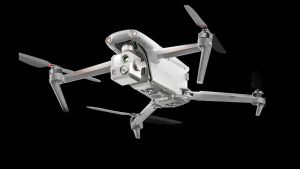


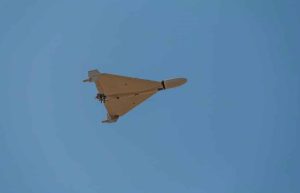

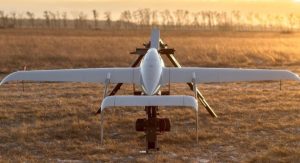
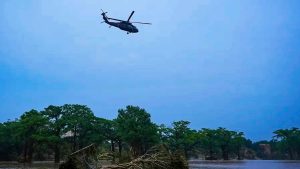

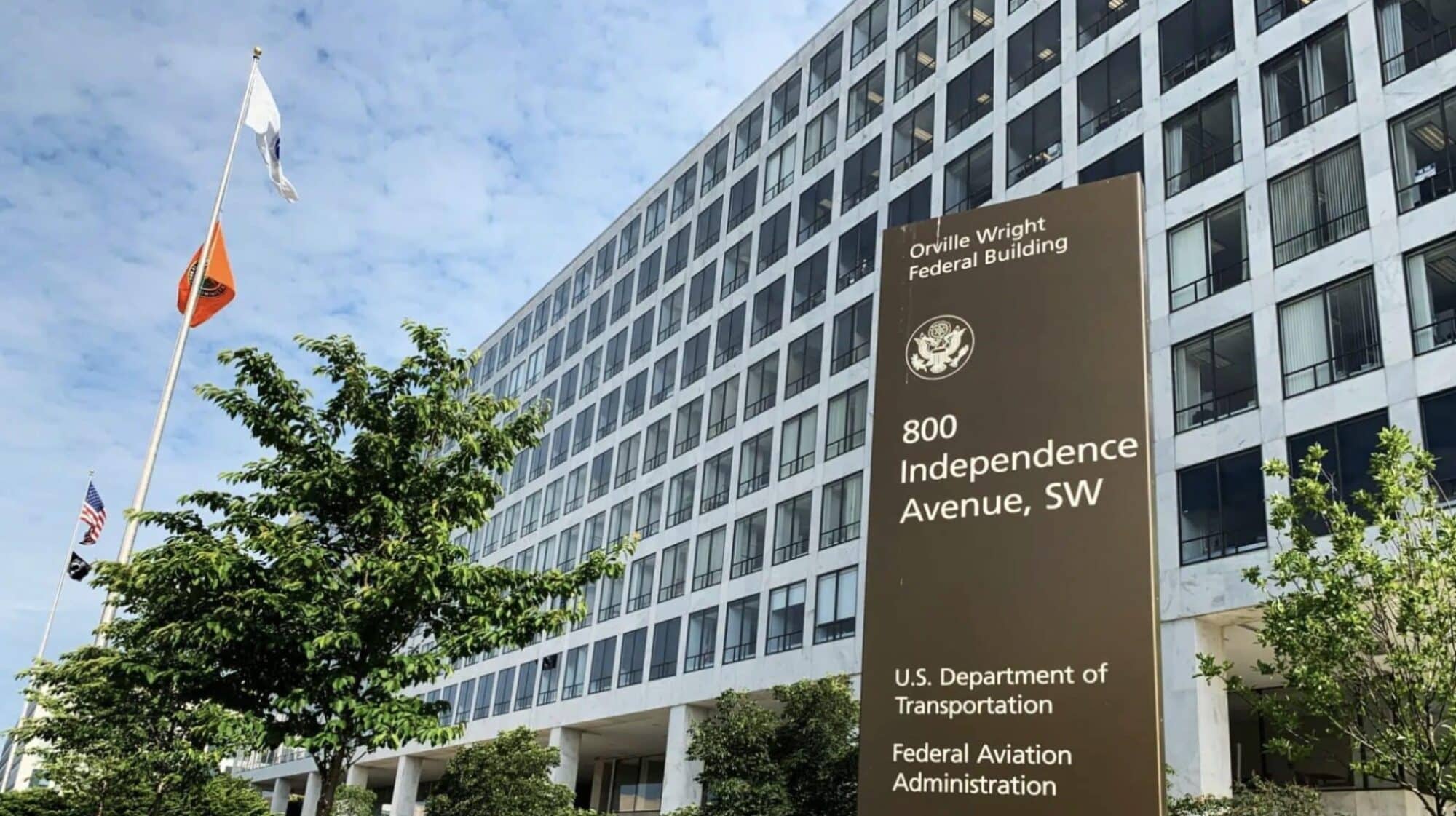
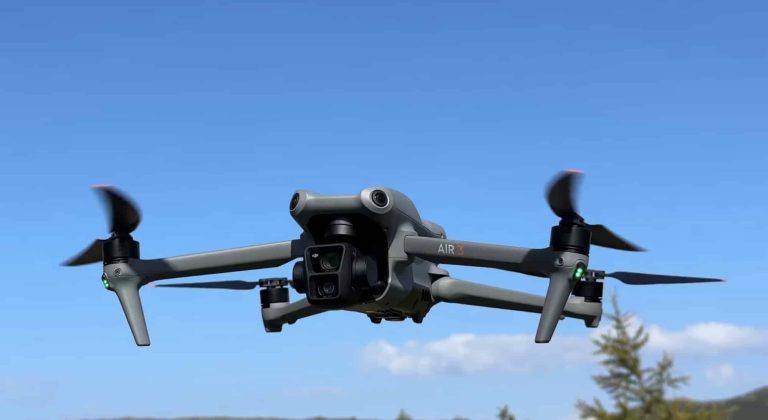
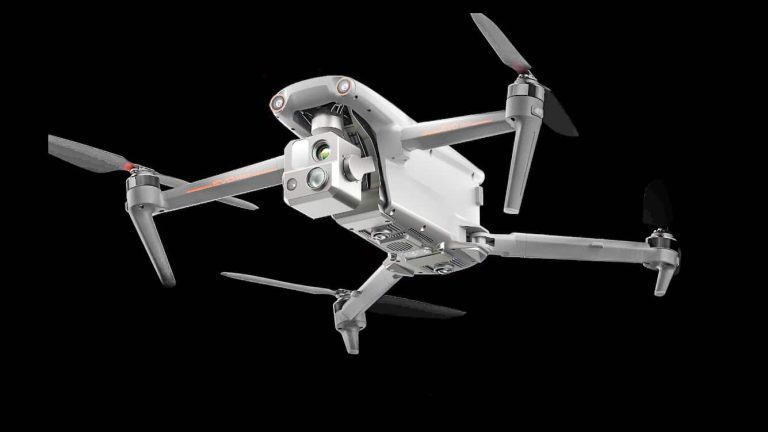


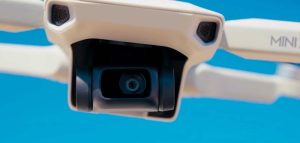
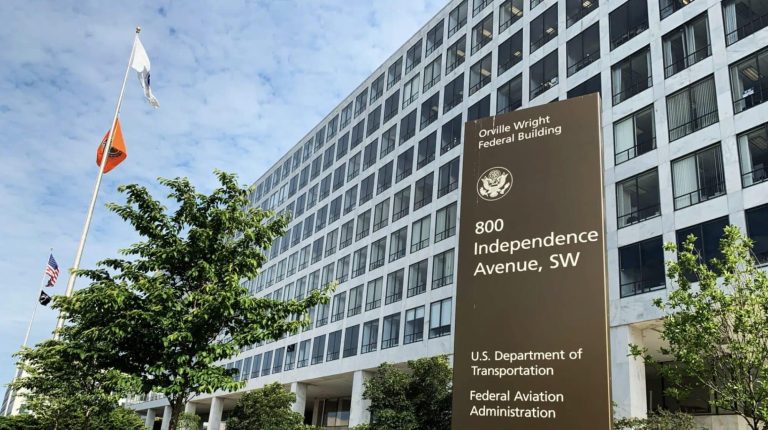
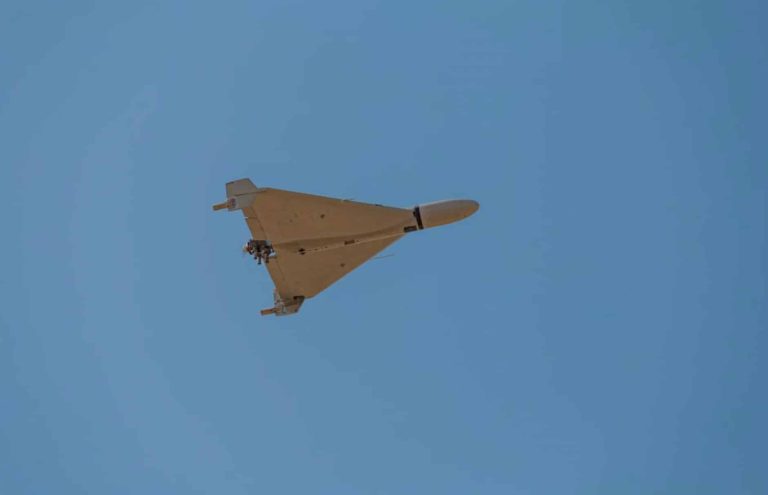

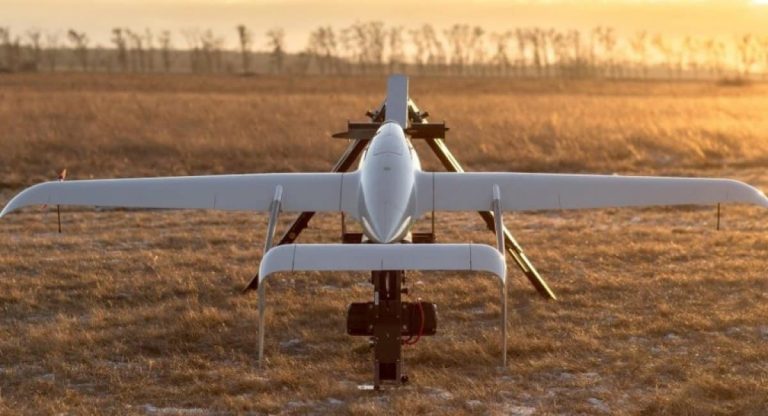
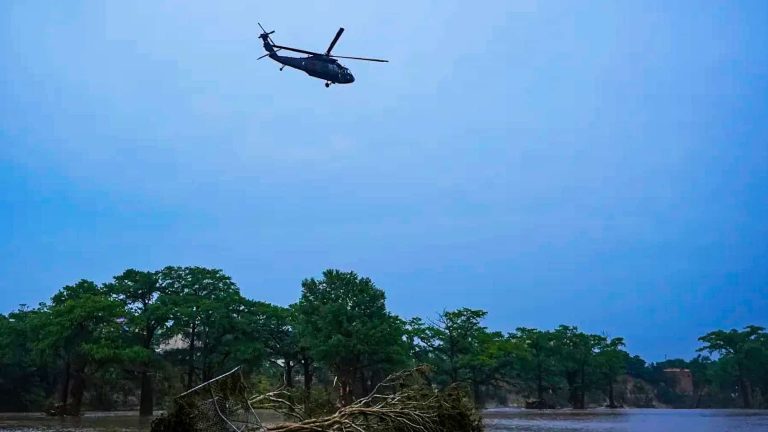
+ There are no comments
Add yours